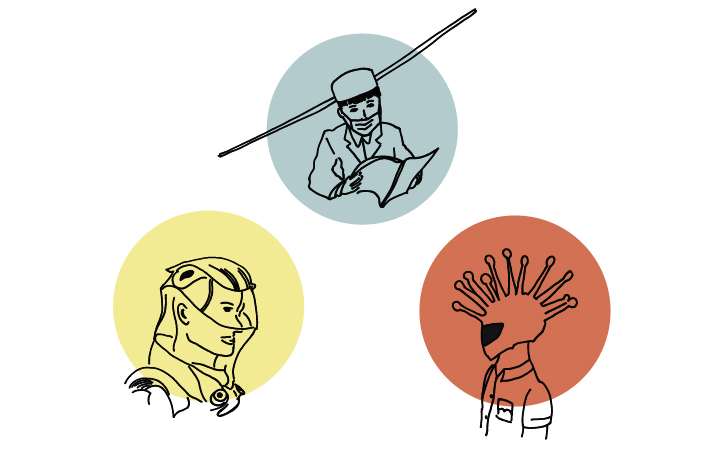
Design, as it is generally understood, can be traced from the Industrial Revolution onwards. Until then, the production of objects had largely been in the hands of craftsmen. They produced according to concrete orders from their customers and adapted products to their individual wishes. Rational mass production for an anonymous clientele and the principle of division of labour brought about a separation of design and manufacturing in the 19th century. This was the emergence of the design profession.
The specific feature of the design process was the designer's effort to find a solution to a problem by designing an industrial product with properties satisfying human needs. In the second half of the 19th century, the Arts & Crafts movement and Art Nouveau emerged as reform movements from craft towards mass production. Designers tried to renew the craft ideal against machines and the industrialisation.
At the beginning of the 19th century, there was a return from ornament to simpler, functional design and the leitmotif "form follows function" was born. However, as the myth of continuous progress has been diluted by awareness of overconsumption and overproduction, a new movement of eco-design, upcycling, circular design emerged in parallel to social and participatory design. Nevertheless, these were also targets of criticism, and a counter-movement to sustainable design can be seen in critical and contestatory design practices.
Limited to the academic environment, there is space for a wider contestatory design practice, which we here describe as Speculative Citizen Design practice.
Speculative Citizen Design is a research platform for everyone - for all human beings.
Conventionally research platforms discuss academic findings presenting them through joint publications, conferences and proceedings/archives. This website is meant to function as an archive of ‘Speculative Citizen Design’ design examples.
Speculative Citizen Design is a neologism derived from the term → Speculative Design, originally coined by the designers Antony Dunne and Fiona Raby in the 1990s at the Royal College of Art London. The idea behind citizen design is to empower citizens to participate in designing cityscapes.